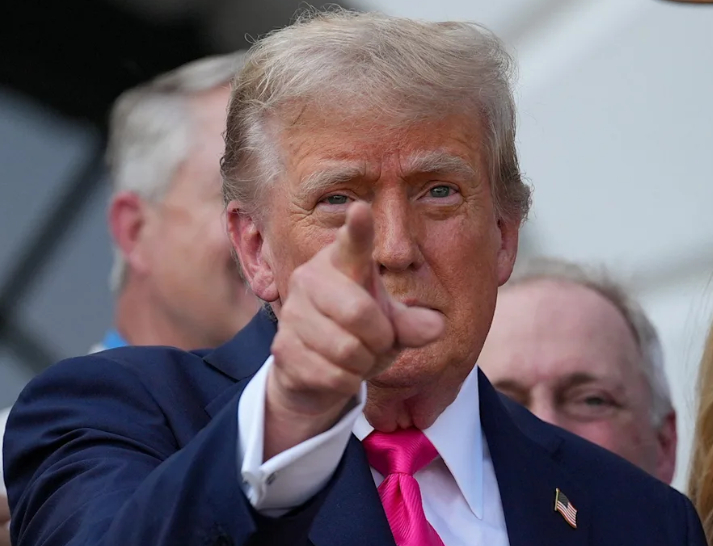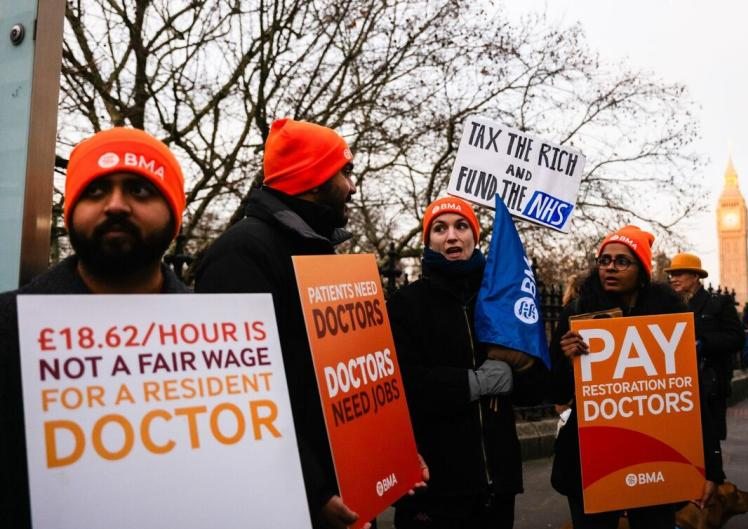
US President Donald Trump recently sent a strong signal to his trading partners: the United States will significantly increase tariffs from August 1, with the highest tariff rate possibly reaching 70%. This move marks the official entry of the trade war he launched earlier this year into a new stage. Against the backdrop of the fragile recovery of the globalized system, this tariff storm has not only exacerbated the tension in international economic and trade relations, but also pushed the global economy into an unknown risk vortex.
The Trump administration has sent tariff letters to multiple trading partners since July 4, and plans to complete all notifications by July 9. This tariff adjustment presents three core characteristics: First, the tariff rate range is unprecedented - from a basic tariff rate of 10% to 20% to a "punitive" tariff rate of 60% to 70%, far exceeding the highest tariff of 50% implemented in April this year; second, the implementation speed is fast - it will take effect immediately on August 1, without a buffer period; third, it covers a wide range - although the specific list of countries has not yet been fully disclosed, the previously named economies such as the European Union, Japan, and India are likely to become the focus. This series of actions shows that after the breakdown of tariff negotiations, Trump has completely turned to a unilateralist strategy to reshape the trade pattern with extreme pressure.
The impact of the new tariff policy on the US and global economy cannot be underestimated. For the United States, the ultra-high tax rate of 70% will directly push up the cost of imported goods and aggravate inflationary pressure. Historical data shows that the 50% tariff in April this year has caused the US stock market to fall into a bear market, and bonds and the US dollar have been sold off. If the 70% tariff is implemented, market turmoil may escalate, and the manufacturing and export industries will face a survival crisis of supply chain disruption. At the global level, the surge in trade costs will tear apart the existing industrial chain, especially in industries such as automobiles and electronics that rely on transnational division of labor, which may trigger large-scale production transfer and cost transfer, and ultimately hurt consumer interests. The International Monetary Fund (IMF) has warned that a continued tariff war may reduce the global GDP growth rate by 0.5%, and this escalation will undoubtedly expand this negative effect.
Faced with the US tariff stick, many countries have launched a counterattack. India took the lead in proposing to the WTO to impose retaliatory tariffs on the United States, accusing it of damaging export interests with its 25% auto tariff; although the EU and Japan have not publicly released specific countermeasures, they have both stated that they will defend their own rights and interests. What is more noteworthy is that retaliatory tariffs may trigger a chain reaction: if India imposes tariffs on US agricultural or energy products, the support base of voters in US agricultural states may be shaken, which will in turn affect Trump's political bargaining chips. In addition, the international community is increasingly calling for the resolution of disputes through multilateral mechanisms such as the WTO, but Trump's unilateral actions are precisely weakening the authority of this system, and global trade governance is facing an unprecedented crisis of trust.
Behind Trump's tariff strategy is a complex game of politics and economy. On the one hand, through a tough stance, he caters to domestic populist forces and accumulates "protectionist" achievements for his re-election campaign; on the other hand, he ignores economists' warnings that tariffs will damage the country's economy. The current US economy has shown signs of fatigue, and high interest rates and weak consumption, coupled with tariff costs, may accelerate economic recession. More contradictory is that in the context of giving priority to supporting Israel and suspending aid to Ukraine, whether tariff revenue can fill the gap in diplomatic spending remains unknown. This short-sighted policy not only overdraws the United States' international credibility, but also pushes the global economy into the abyss of "zero-sum game".
As August 1 approaches, the implementation of the new tariff policy has entered the countdown. Countries need to formulate response strategies within a limited time: compromise and negotiation, tough countermeasures, or seek multilateral arbitration. If the trade war continues to spread, the reconstruction of the global supply chain will bring long-term structural shocks, and small and medium-sized economies are more likely to become victims in the game. Against this background, the international community urgently needs to rebuild a rules-based trade system, balance sovereign interests and global cooperation, and avoid the "tariff war" from evolving into an irreversible economic winter.
Trump's new tariff policy is not only an economic gamble driven by political interests, but also a mirror reflecting the dilemma of global governance. At the crossroads of unilateralism and multilateral cooperation, the future of the world economy is waiting for a difficult choice.

Junior doctors in the UK officially launched a five-day strike on Wednesday (December 17th).
Junior doctors in the UK officially launched a five-day str…
The Thai Pride Party is considering nomasting three candida…
With the continuous intensification of international sancti…
With $15.82 billion in sales and a 108% year-over-year incr…
According to the South Korean media Dealsite, the recent te…
The current geopolitical conflicts around the world are oft…